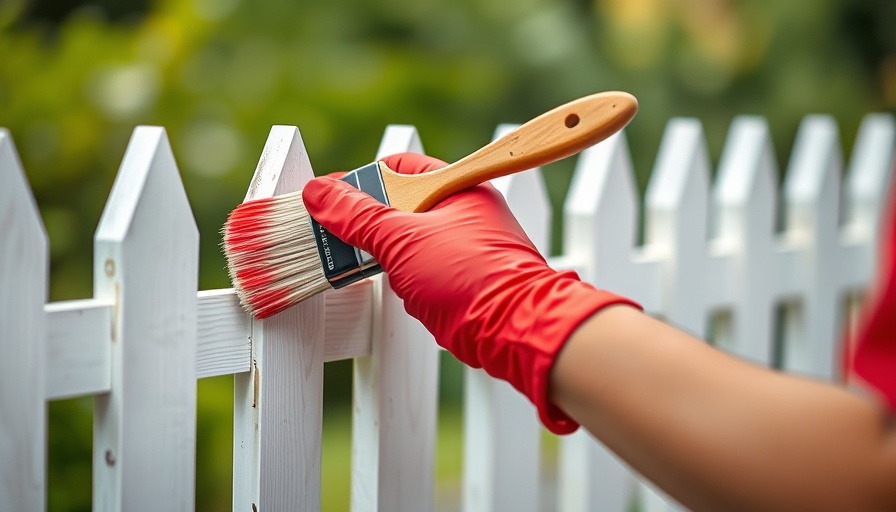
Understanding Neighborly Boundaries: The Fence Dilemma
The question of whether you can paint the side of a neighbor’s fence that faces your yard is more than a matter of aesthetics—it's often a legal and relational issue. Typically, fences that separate properties are considered shared spaces. This means that any alterations, including painting, should be approached with caution and respect for neighborly agreements.
Legal Considerations to Keep in Mind
In many areas, local laws and homeowner association rules dictate what can be done to shared fences. Generally, homeowners have the right to maintain and modify their side of a fence, but this does not automatically extend to painting the opposite side that your neighbor shares. It's essential to check local ordinances or consult documents that govern your property to avoid potential disputes.
Open Communication: The Key to Good Neighbor Relations
Before making any changes to a shared fence, discuss your plans with your neighbor. Clear communication can often prevent misunderstandings and foster a positive relationship. Sharing your vision and seeking their input can lead to a mutually agreeable outcome, helping to avoid any legal entanglements.
The Aesthetics of Collaboration
Beyond legal boundaries and neighborly chats, consider the visual aspect of your property. If you are keen on painting a fence, proposing a joint project with your neighbor can lead to a cohesive look for both properties. This collaborative approach not only enhances the aesthetic value but also strengthens community ties.
Conclusion: Finding Your Solution
While it might seem straightforward to paint the side of a neighbor’s fence that faces your yard, the reality is often more complex. Understanding local regulations, maintaining open lines of communication, and fostering collaborative aesthetics will guide you towards a solution that suits both you and your neighbor. Your actions now could set the tone for a respectful and harmonious relationship moving forward.
 Add Row
Add Row  Add
Add 




Write A Comment